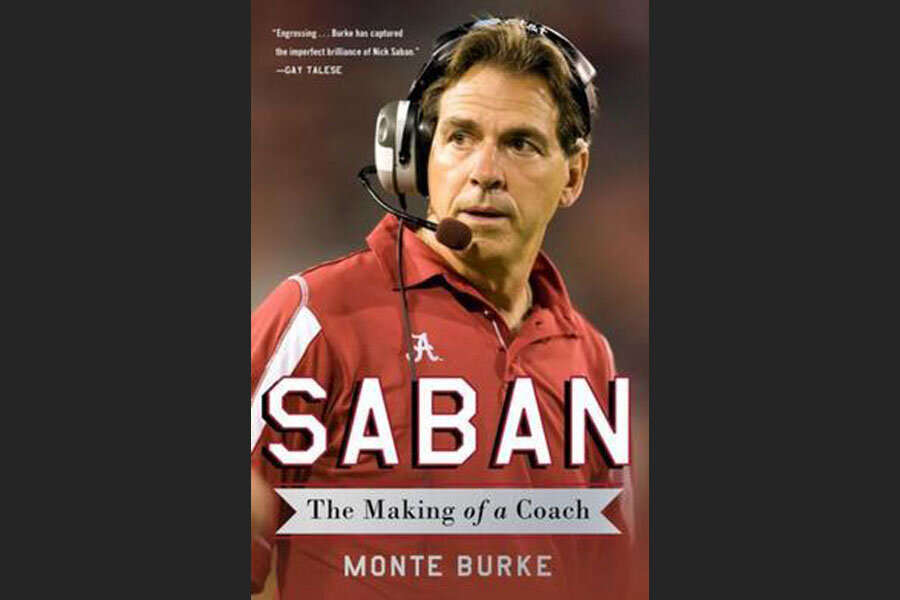Monte Burke’s 2008 Forbes magazine cover story about the University of Alabama’s Nick Saban titled “The Most Powerful Coach in Sports” was so popular that he decided to dig deeper into the life of the enigmatic $7-million-a-year head coach. The search, among other things, reveals that his relationship with Bill Belichick, whom he served under when both were with the Cleveland Browns in the early 1990s, is complicated, and that Saban seriously contemplated jumping to the University of Texas in 2013, which he refutes. Whatever the truth in that regard, this book serves up a number of intriguing facts and observations about the coach who has led four national championship teams (three at Alabama and one at Louisiana State).
Here’s an excerpt from Saban:
“Robert Witt, who was president of the University of Alabama from 2003 until 2012, when he became the chancellor of the University of Alabama system, has always been quick to point out, as he said in 2008, that ‘not one penny of taxpayer money goes into Saban’s salary’ [$7.2 million with bonuses in 2014]. That contention hinges on a technicality, though.
“The university indeed only pays Saban a base salary of just north of $200,000. The rest of the money, called a ‘talent fee,’ is paid by the Crimson Tide Foundation, which raises money through boosters and things like shoe and apparel contracts. Here’s where the technicality comes into play: The Crimson Tide Foundation is a 501(c)3 nonprofit organization. Individual donors to 501(c)3s in Alabama get deductions on both their federal and state income taxes. So, while Witt can make the argument that no state tax dollars go into Saban’s salary, the state does, at least in theory, lose out on some potential money on those donations.”







